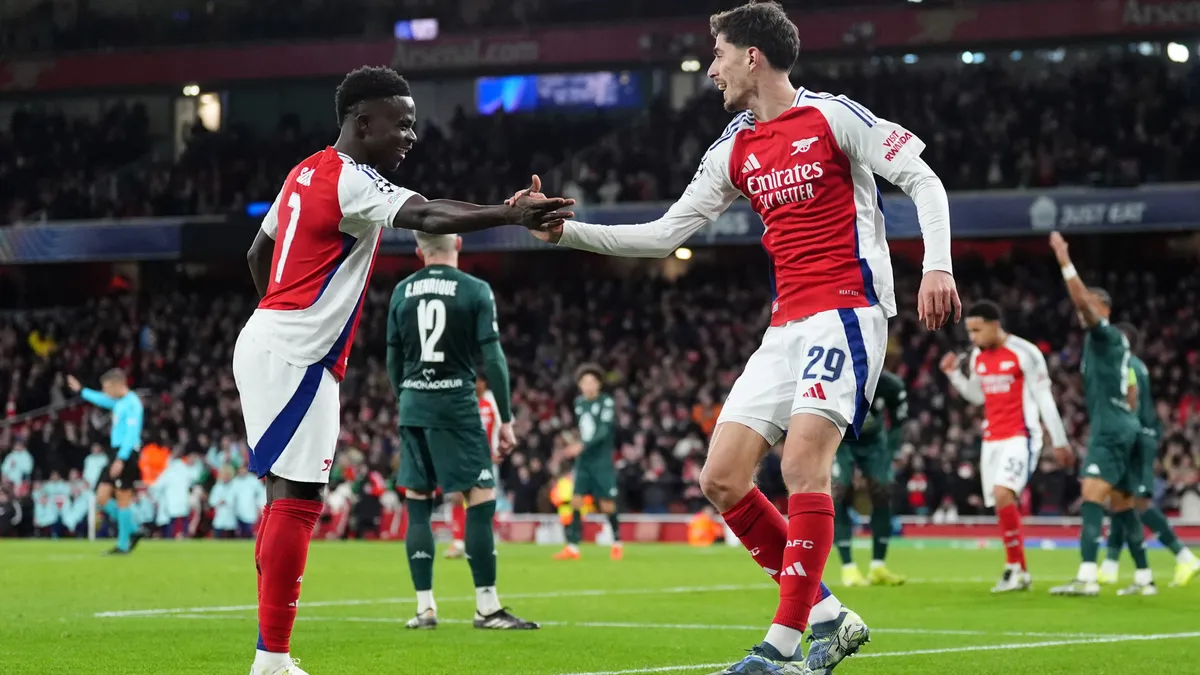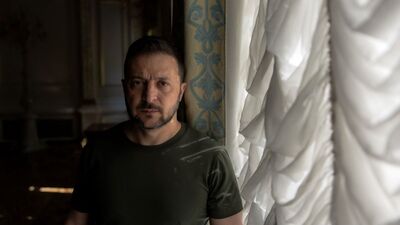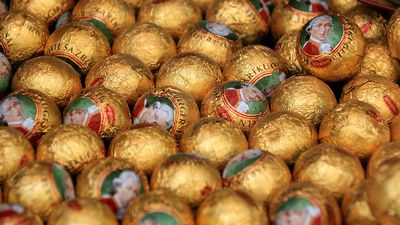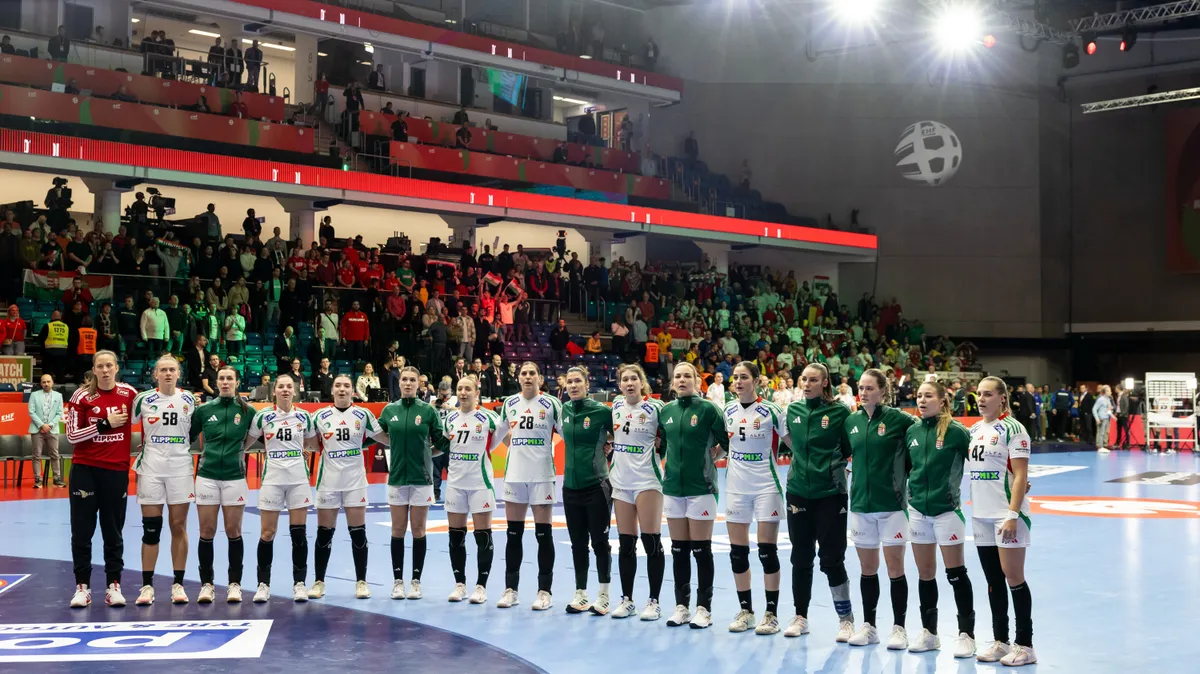The match with score 6:3 in London revolutionised the football. In our following analysis, we show how the Golden Team was able to develop the classical WM system further and why it was able to remain the world’s best for such a long period. Though it certainly got many goals even by those times, however scored such a big number of them…


“What are you doing, Lakat! This is gentlemen’s sport! We have been attacking up to now and now it is their turn” – Gyula Lázár, the Master snapped at the novice of the “Fradi” team, attacking the opponent on its own half, sometime at the end of the 1940’s. And so it continued like that even later. Let’s only take a look at the statistics of the admirable 6:3 match: during 90 minutes they committed only a single foul against the Hungarian “captain”, Ferenc Puskás.
It was a different game then. More beautiful? Better? More spectacular?
Long ago, it was sport, nowadays it is real war
Heaven knows. It was only rather different. Perhaps it was gaudier, more playful, but softer and slower anyway. Thus, it naturally offered different beauties for the fans. Slowness is to be understood only relatively, as also then the winner was the team that ran, passed, reacted and thought quicker. Largely, footballers differed from each other – except genii of course – by the speed of actual game elements, tricks, dribbles, trapping or shot. As for the softness, now the matches are fights, battles on the land and in the air. Everything is permitted. The success, the result – that is what counts. Result justifies everything, and the winner takes all. It is not correct gentlemen’s elegant game any more, but Materazzis’ swearing, Zidanes’ butting.
Rigid football couldn’t bring success
Maybe, that very 6:3 was the beginning of the change, of the switch. The Hungarian triumph not only rocked the fundaments of the English football, but also crucially affected the development of the world’s football. People of Wembley were shocked observing the annihilation of their national team having been thought unbeatable. Moreover, the majority perhaps felt, all the previous conceptions of football might have been forgotten, the Hungarian team revolutionised football.
Let’s see what the matter was. Europe’s national teams mostly played in the so-called WM system formed after the modification of the offside rule, spread in the 1920’s. Its meaning was that the game was played by three defenders (right, left, and middle fullback) with two midfielders before them (right and left halfbacks – expressions forgotten long ago), and three forwards (right and left wings and a striker). The Hungarian national team also played in the WM system, officially at least. However, the rigidity of this system was clearly seen, especially when applied for keeping the opponents. That’s why some Hungarian coaches, e.g. Márton Bukovi, Gusztáv Sebes, considered necessary to reduce rigidity: to bring playing with many movements, short passes, changing positions, speed, but either not without long passes embracing the field.
The English rather built upon strength, and if it had been a tug-of-war, they certainly would have drawn Puskás’s team out of the Wembley stadium on 25 November, 1953. However, it was football, and we were much better in it.
There had already been a great Hungarian victory six months earlier, when on 17 May, 1953, on the ribbon cutting of the Rome Olympic Stadium, the Golden Team defeated the Italians 3:0 as if playing a training match in Tárnok (Hungary). Gusztáv Sebes surprised the world with new tactics already in the course of that match. Before three defenders, Jenő Buzánszky, Gyula Lóránt, Mihály Lantos he put József Zakariás into the role of a moving player, withdrawing the speedy II. László Budai into the position of a rightwing runner, and entrusted the organization to the genial József Bozsik. He ordered Nándor Hidegkuti back from the centre, withdrawing Ferenc Puskás onto the left halfback’s position. Only Sándor Kocsis was left in the forefront as some kind of a wedge. On the left side, the very speedy Zoltán Czibor helped the attacks. The arrangement applied then would be in accordance with the 4-3-3 system, with Budai II getting also some defending job on the right side.
We got a lot of goals, but scored even more
Thus, it was a tactics considerably more defensive than the WM, and it is conspicuous that in spite of it the Golden Team got so many goals. True, they could allow it as their forwards, and Bozsik of course, were essentially the best of the world or among them. If against goalkeeper Grosics a goal was scored, Puskás’s scored two, frequently even more instead of it.
This was the real football, and the world emulated it! Even the Brazilians did the same, though they gave a new name, 4-2-4 to their “revolutionary new” system.
Maybe, nostalgia makes many say it was beautiful, it was the true football, when the players were in friendship with the ball, lacked vulgar foulness and the game was game indeed. Opponents argue that strength and speed would sweep away the gentlemen’s nice play. The followers of the new football may be right, time and strength are really crucial, however the ball is also present on the field and it’s not all the same under which team’s control. Concerning the beauty of the football now and then, it is silly to debate over it. Luxury ships and supersonic aircraft also have their beauty and it is needless to compare Titanic to Concorde.
Thus, while football exists, Puskás’s exist also. One must not discuss world football without them and it is not worthwhile either.
Of course, it is a different question that the constant talks on them, citing their example and comparisons hardly solve the present situation of our football. ---- On the defeat in Bern, in 1954 already quite a library of literature is written. Many people told their opinion about our defeat however, the domestic public have not got a convincing answer up to now. It is true, judging the events from the distance of 52 years is difficult, but it is perhaps useful to collect together the versions repeated many times.
What is certain – the Hungarian team didn’t change tactics, but changed its composition. Instead of II László Budai, Mihály Tóth got into the beginning team. As he was a left wing forward, Zoltán Czibor got a position on the right side. According to many opinions, this change was a blunder from Gusztáv Sebes, the coach, although Czibor earlier played on the right side in the Komáromi AC team. There are also other possible causes. We lost, because of the music under the hotel windows making the rest impossible, and the rainy weather having made the soil exceptionally difficult for the Hungarian team having been thoroughly tired during the match against Uruguay. We lost, because the management of the national team performed in an amateurish way. We lost, because the German Turek kept goal in sensational form. During 90 minutes, Germans shot at the goal eight times altogether and scored three times, our players tried it 25 times, but scored only two. We lost because Ferenc Puskás had been injured. We lost because at our 2:0 winning position, József Zakariás performed a poor pass to our goalkeeper and Morlock pitilessly exploited it, and because after a German corner shot, Mihály Lantos left Rahn free to equalize (2:2). We lost, because after Sándor Kocsis’s obvious dumping Ling referee instead of penalty kick judged a kick-off for the Germans, and the English referee rejected Ferenc Puskás’s regular score at the winning German position 3:2.
A real expert of the Golden Team is 75-year old Pál Várhidi, having been warmed the bench during the match of the century as a member of the national frame on the world championship in 1954, Switzerland.
“Even from the distance of so many years, we have to notice that the Germans were better than us” – recognised Pál Várhidi. “Our national team wasn’t any worse than eight months earlier in London, but was terribly tired by the final in Switzerland. There were several components of the failure. The match against the Brazilians took out much from the legs before the finals, and a semi-final against Uruguay, not less difficult, followed it. We played that match on dirty, deep soil and got into the final after overtime. During the final match it was also raining, the referee rejected Puskás’s regular score, and the previous night rest had been impossible because of the orchestra having been commanded in front of our hotel. Sepp Herberger, the captain of the German Football Association learned from the previous defeat and his players ran leaving the tired Hungarians behind.
Had we played that match a week later, we wouldn’t have had any problems.” ---- It may sound unbelievable, but it is true: Brazil learned a lot from the Hungarians. Perhaps, due to it they won the world championship in 1958 as developing the Golden Team’s tactics further, they already applied the new 4-2-4 game system in Sweden, surprising the world by that and Pelé’s sensational playing. Though Brazilians don’t consider the bases of the winning tactics originated directly from the Golden Team, the Hungarian connection cannot be disregarded. Béla Guttmann worked as the trainer of Sao Paolo FC in 1957-58, and his assistant was Vicente Feola, who later in 1958 became the coach of the national team winning the world championship. The expert recognised that the Hungarian trainer had great merits in the gold medal of the world championship. Later Brazil still won this championship four times more, in 2002 for the last time. Though they didn’t get among the best four on this year’s world championship in Germany, yet Ronaldo’s team’s play is being admired by the whole football world. It is not an accident, as it is obvious that football, earlier based on individual capacities and improvisation, has changed enormously. Nobody can get near to the national team famous of Copacabana any more, even playing the samba with the ball on his ears. Football in Brazil is also characterised by organisation and conscious work: fresh player supply was mapped with enormous work, educational centres established, Brazilian talents are not being trained in the streets and on the sea shore any more. In that country football also became “industrial”, producing many excellent footballers and still more money, as the outstanding ones play in Europe’s best teams. Brazil’s national team is characterised by organisation, discipline, and they play the most expedient system. Nowadays, the European 4–2–3–1 order is mostly applied – the four-forward system disappeared – naturally preserving the players’ creativity and improvisation. In Brazil also results count, consequently the national team, having been playing an outstanding offensive football earlier, now much more emphasizes defence and safety. According to many opinions, just that system shackles Brazilian football.
While the Golden Team was the world’s best national team in the 1950’s, these days Brazil leads the ranking list of FIFA. We have asked János Csank, earlier coach of the Hungarian national team, to compare the strengths of these two teams. “In their times, both were the world’s bests, and strong also in their unity.” - János Csank said. “In that time, seven world class players belonged to the team and we revolutionised the so called WM play system. During the 6:3 match, we played already in the new system that meant Nándor Hidegkuti regularly withdrew or moved to the wing, attracting Billy Wright’s attention. This defender’s nickname not accidentally was “Tick”, following his opponent even in this situation and freeing the way for the Puskás- Bozsik duo. Later, Brazilians began to play with such structure and the football world learned this innovation as Brazilian system. The present Brazilian national team’s disadvantage versus the Golden Team is perhaps that its tactical repertoire is well known worldwide.”
Legfrissebb hírek
Ezek is érdekelhetik

origo.hu
A rendőrség is keresi A Nagy Ő egyik főszereplőjét

nemzetisport.hu
A Milan szenvedve nyert a Zvezda ellen, az Arsenal végül könnyed sikert aratott

borsonline.hu
20 év után válik a sztárpár, forgatás közben ejtett teherbe fiatal lányt a sármos színész

magyarnemzet.hu
Orbán Viktor: Zelenszkij elutasította a karácsonyi tűzszünetre vonatkozó javaslatot

mindmegette.hu
Legyártották az utolsó darabot is, búcsút inthetünk a magyarok kedvelt édességének

mandiner.hu
Egy gyerek fölfoghatatlan meggyilkolását is arra használja, hogy kitegyen egy képet Magáról

nemzetisport.hu
Női kézilabda Eb: eldőlt, melyik elődöntőt játssza a magyar válogatott

origo.hu
Hátba lőtte hatéves testvérét egy kilencéves gyerek Szabolcs-Szatmár-Bereg vármegyében

nemzetisport.hu
Öt gólt hozott a 2. félidőben a Dortmund és a Barcelona rangadója!

nemzetisport.hu
Matheus Saldanhára vár a gólszerzés a PAOK ellen

nemzetisport.hu
Dupla Tízes: csak az első helyen nincs vita... íme, az ősz 5 legjobb csapata!

nemzetisport.hu






